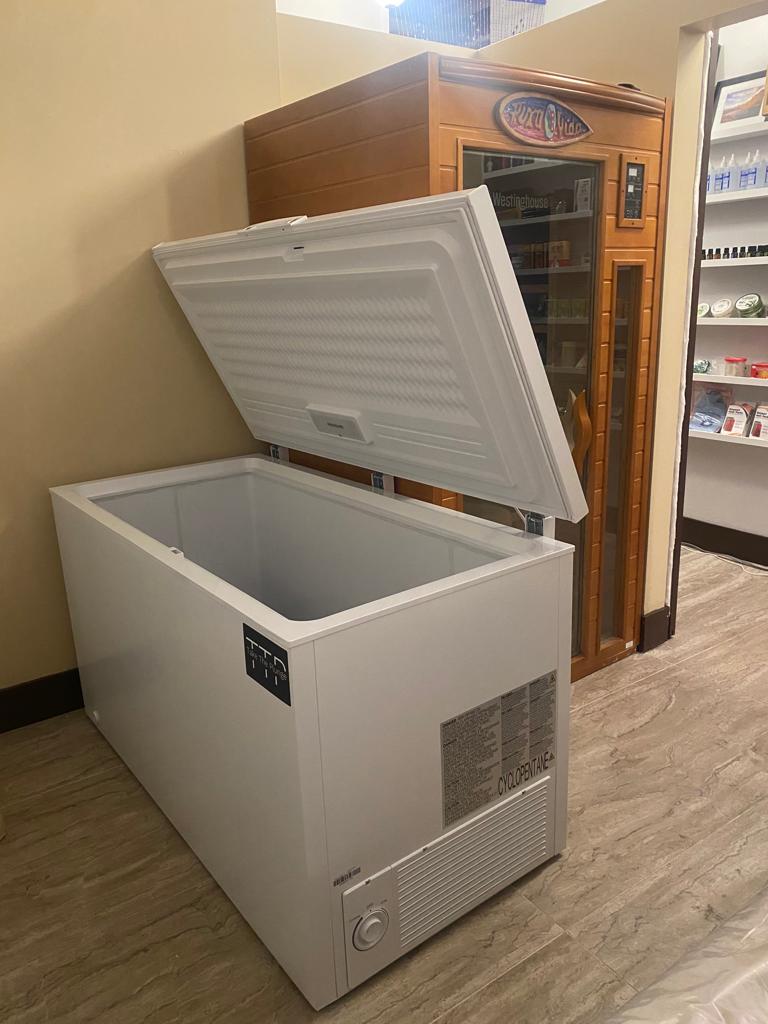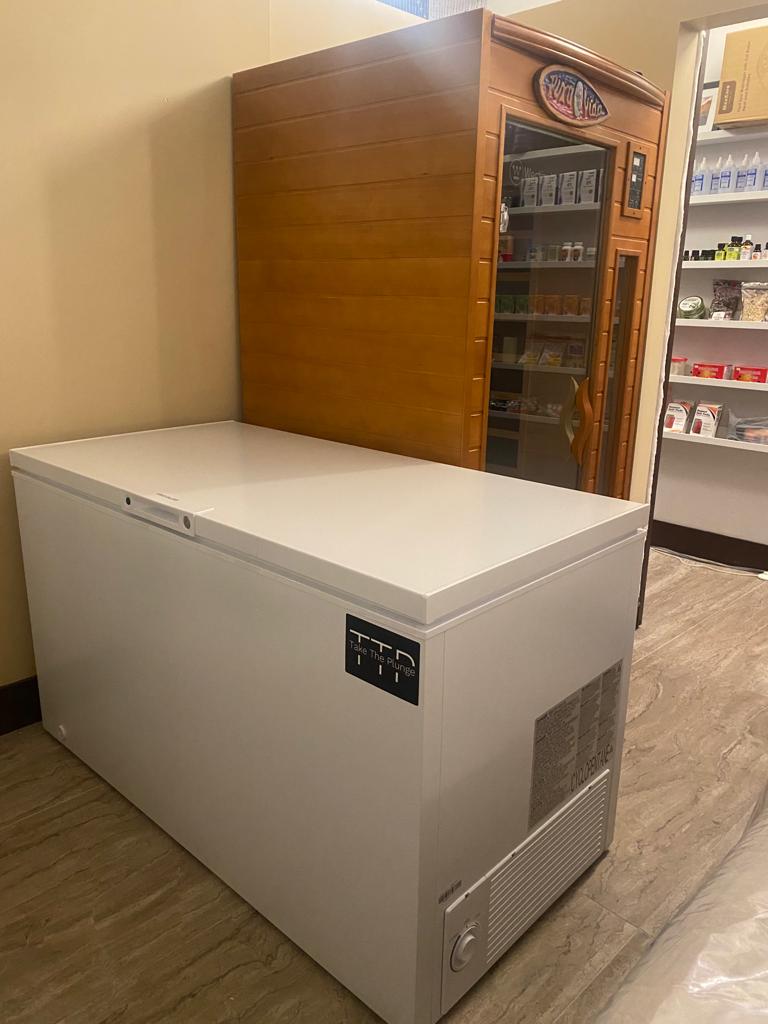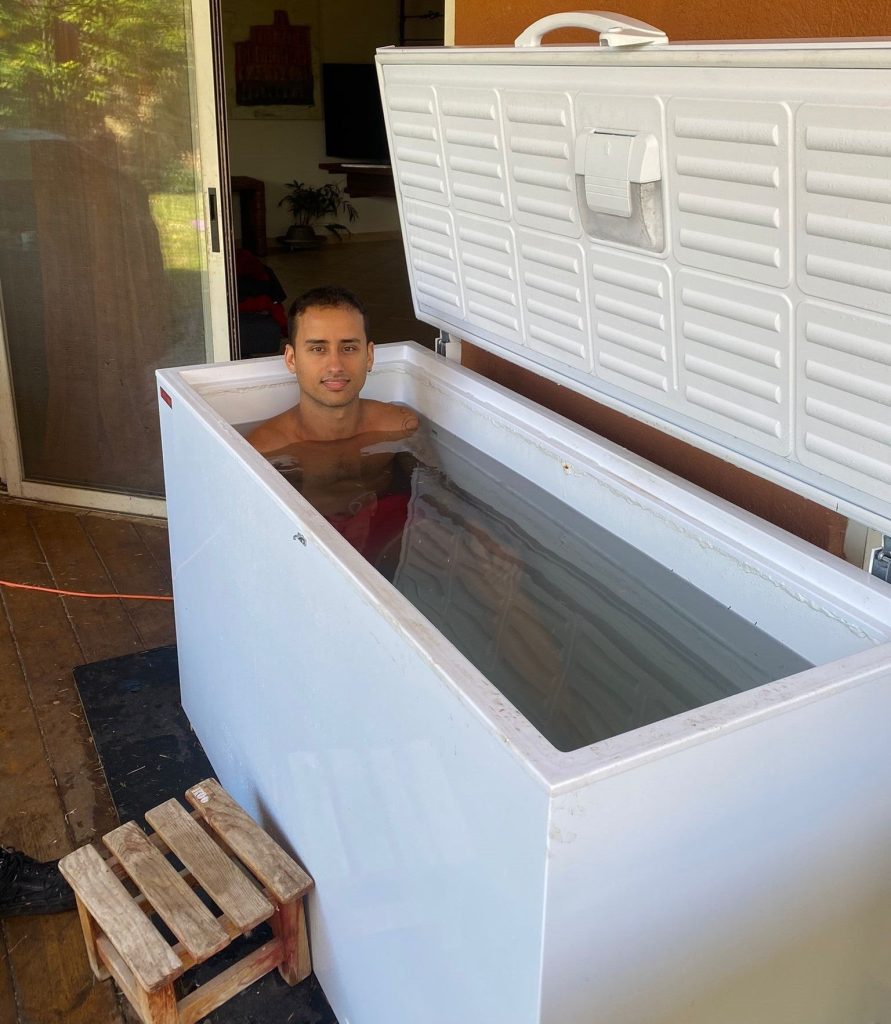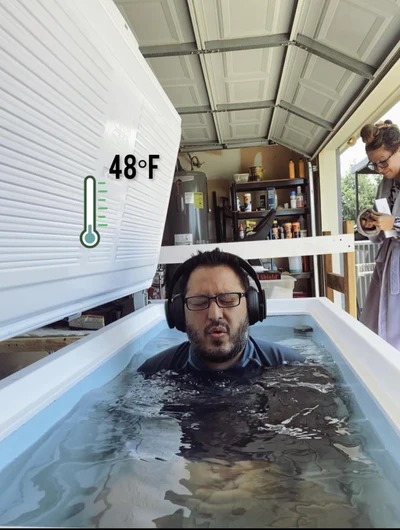How to Take the Cold Plunge!
It’s likely that, whether you’re a weekend warrior or an exceptional athlete, you’ve experienced torn muscles or stiff joints at some point. Although an ice pack might be your first choice, taking an ice bath or dipping into a frigid lake has gained popularity as both everyday gym attendees and professional athletes have attested to the health benefits of ice baths.

The ice plunge, or immersion in cold water, is said to offer a host of health advantages, ranging from enhanced mental and physical health to less pain in the muscles and improved sleep. What precisely does the body undergo by taking cold showers, plunging into an ice bath or lake that is at least 10 to 15 degrees Celsius, to facilitate these changes?

“They all share a single characteristic. According to Mai-Yee Yue, “They get your skin very cold, very quickly.” Yue is the owner and proprietor of Purple Jade Spa. “Your fight-or-flight sympathetic nervous system kicks into overdrive when your skin temperature drops sharply. Your sympathetic nervous system is responsible for the elevated heart rate, increased breathing, and perhaps panting you are experiencing.”

According to Yue, another important advantage with some scientific support is decreased inflammation for severe athletes. For example, soaking in an ice bath will reduce inflammation in the affected area, which will lessen swelling and stiffness, if a player sustains a huge bruise during a rugby tournament and needs to return to the field for another game. According to him, it might also be beneficial for runners who have just completed a marathon and wish to lessen the soreness that lasts for a few days following the event.
Furthermore, according to Professor John Holash, who studies exercise and muscle physiology at the University of Calgary’s Human Performance Lab in the college of kinesiology, the body’s reaction to cold appears to continue for a while. The most intriguing aspect is that. According to him, cold therapy is one of the finest methods for people to connect with their autonomic nervous system, which is the network of neurons that controls the body’s instinctive processes like blood pressure and heartbeat. “Cold exposure seems to have a really profound and lasting effect,” he said. According to Holash, “this is your autonomic nervous system in action.” Increasing serotonin and cardiac output are the results of stimulating this system.

Some people may find that their elevated serotonin levels lift their spirits, particularly during the gloomier winter months. According to Yue, one of the most frequently mentioned and studied advantages of cold plunge therapy is improved mood. According to Yue, “this can be a way to kick-start it, especially if people are prone to some form of decrease in mood or mild depression in winter due to lack of sun.” The researchers caution that there is a population that should not attempt cold plunge. These include those who suffer from high blood pressure, heart problems, Raynaud’s disease, or cold allergies. Yue also cautions that you should never perform a cold plunge alone because you never know how your body will respond. Instead, always use a buddy system.
According to Holash, there are a few ways to make sure you have a positive experience. One way to help your body adjust to the cold water is to learn how to breathe on your own. While Holash notes that cold water guru Wim Hof has a wealth of breathing techniques and instructional material, his method is based on a breathing ritual consisting of a deep inhalation followed by a full exhalation. Your body will “handle” the shock of the cold water a little better if you breathe in this way.
For those who wish to participate in the practice on a regular basis, he advises exposing themselves to the light for four minutes at a time, four times a week.
According to both researchers, starting immersion therapy doesn’t have to cost a lot of money. You can try putting ice in a bathtub or turning on your coldest shower setting to get started.


